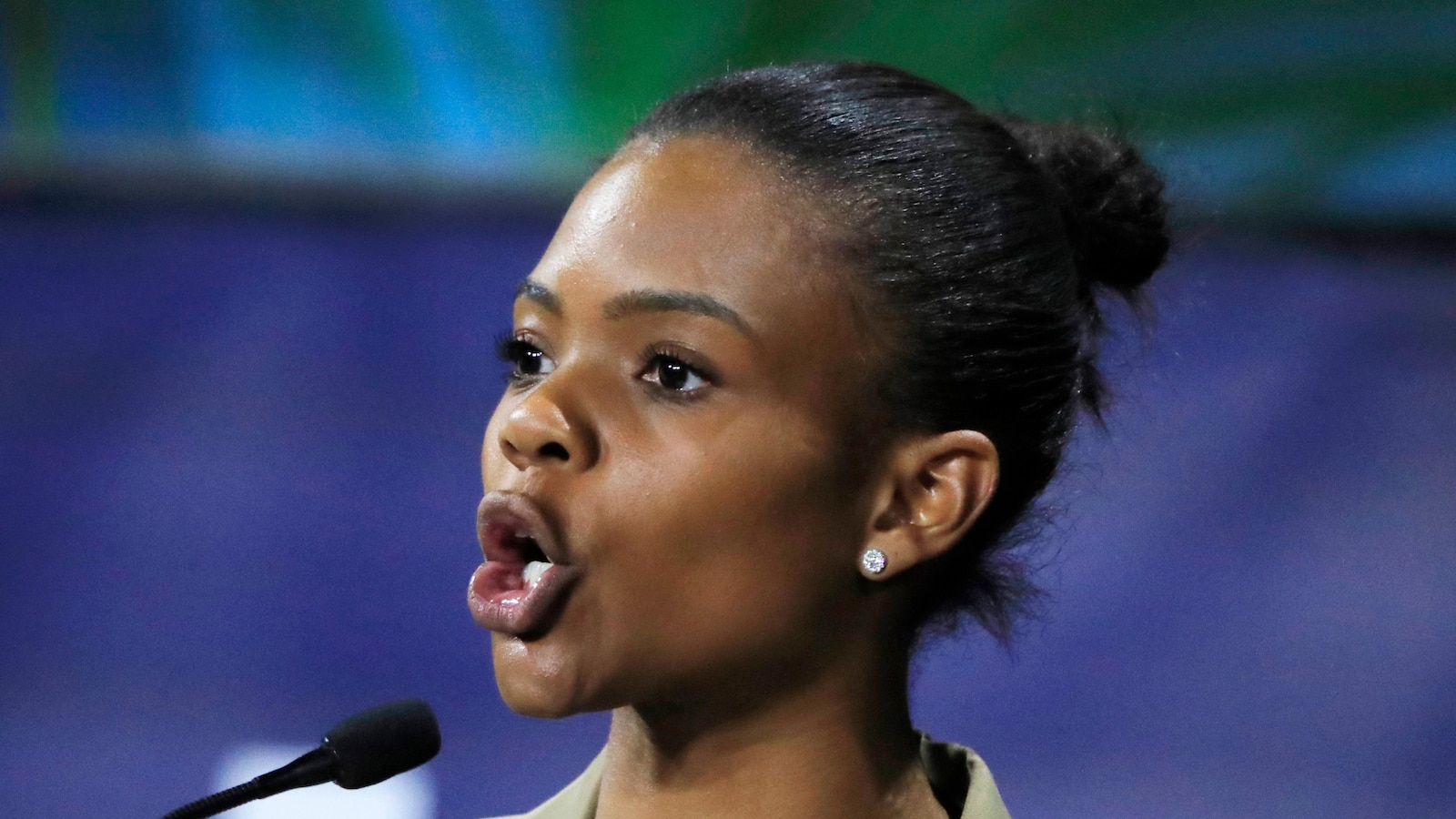The gun battles and intense bombardment around the Al-Shifa hospital came as Israel pressed deep into Gaza City in its offensive aimed at destroying the militant group Hamas in the territory it rules.
“Shooting is never stopping, airstrikes are unabated as well as artillery shells,” said a witness who spoke on condition of anonymity. “There are dozens of bodies around the complex that nobody can reach.”
Though tens of thousands of people have fled the fighting, many have taken shelter in northern Gaza’s hospitals which have been repeatedly hit by explosive strikes and gunfire.
“The hospital is besieged, with no option to bring in the corpses and injured people sprawled outside. There is no movement in or out of the hospital,” said Physicians for Human Rights Israel, citing doctors at Al-Shifa.
The Israeli doctors’ group added that due to an overnight power outage, the neonatal intensive care unit had stopped working and two premature infants had died, while leaving the lives of 37 other infants at risk.
“The situation in Al-Shifa is truly catastrophic,” said Ann Taylor, head of the Palestinian Territories mission for the medical charity Doctors Without Borders (MSF).
The Israeli military has denied strikes or a siege at Al-Shifa hospital, and has repeatedly accused Hamas of using medical facilities as command centres and hideouts — a charge the group denies.
The Israeli army also said it would “provide the assistance needed” to help “babies in the paediatric department to get to a safer hospital” on Sunday, at the request of Al-Shifa staff.
Hamas fighters poured through the militarised border with Israel on October 7, killing around 1,200 people, mostly civilians, and taking about 240 people hostage, according to the most recent Israeli figures.
Israel’s campaign has killed more than 11,000 people, also mostly civilians and thousands of them children, according to the latest figures from the health ministry in Hamas-run Gaza.
The toll, normally updated daily, could not be calculated Saturday “because of the targeting of hospitals”, the ministry said.
The conflict has stoked regional tensions, with deadly cross-border exchanges intensifying between the Israeli army and Lebanon’s Hezbollah movement.
Hezbollah chief Hassan Nasrallah on Saturday said the group has “bolstered” its action “on the Lebanese front in terms of the number of operations, targets and the type of weapons”.
Nasrallah’s speech prompted a warning from Israeli Defence Minister Yoav Gallant, who said Lebanese citizens would “pay the price” and added: “What we’re doing in Gaza, we can also do in Beirut.”
Speaking at a summit of Arab and Muslim leaders in the Saudi capital Riyadh, Iranian President Ebrahim Raisi called on Islamic governments to designate Israel’s military a “terrorist organisation”.
Iran backs Hamas as well as Lebanon’s Hezbollah and Yemen’s Huthi rebels, placing it at the centre of concerns the war could expand.
A final statement from the summit rejected Israeli claims that it is acting in “self-defence” and demanded that the United Nations Security Council adopt “a decisive and binding resolution” to halt Israel’s “aggression”.
Israel has said it aims to secure the release of hostages taken by Hamas in the October 7 attack and to destroy the militant group.
Prime Minister Benjamin Netanyahu has indicated that Israel does not want to occupy Gaza again, as it did between 1967 and 2005. Israel would however have “security control” of Gaza when the war ended, Netanyahu has said.
The Israeli leader on Saturday ruled out a role for the current Palestinian Authority (PA) leadership in Gaza after the war.
“There will have to be something else there,” he said of the PA, which was driven out of Gaza by Hamas in 2007 and has partial administrative control in the occupied West Bank.
US Secretary of State Antony Blinken said late last month that the PA should retake control of the Gaza Strip from Hamas, with international players potentially filling a role in the interim.
In addition to the clashes around Al-Shifa, the situation was fraught at other hospitals in northern Gaza, where Palestinians have sought refuge from intense gun battles and bombardment.
The Palestinian Red Crescent Society said that fighting around the Al-Quds hospital had created a “state of panic and extreme fear” among the displaced people sheltering there.
The director of the Indonesian hospital said lack of fuel forced the facility to cut power to their desalination plant, medical scanners and lifts.
“The hospital is working with 30-40 percent of its capacity,” Atef Al-Kahlot said.
A wounded boy at the Indonesian hospital, Youssef Al-Najjar, said he was waiting for surgery but the necessary machines were off due to lack of power.
“I’m very thirsty but I’m not allowed to drink or eat until the operation is done,” he said.
Twenty of Gaza’s 36 hospitals are “no longer functioning”, the UN’s humanitarian agency OCHA said.
Fighting has reduced some streets in Gaza to ruins, with the sounds of apparent explosions and gunfire caught Saturday on AFPTV’s Gaza City camera.
The bodies of about 50 people killed in a strike on Gaza City’s Al-Buraq school were taken to the Al-Shifa hospital, its director said Friday.
Israel on Saturday said its forces launched an air strike on the school that killed a Hamas company commander, accusing the group of using civilians as “human shields” — a charge it denies.
The exodus toward Gaza’s south, which has accelerated under intense fighting, has seen tens of thousands of people flee in recent days.
An estimated 30,000 additional Palestinians went southwards through an evacuation corridor opened by the Israeli military on Friday, according to OCHA.
In all, the Israeli army said that in the last three days around 200,000 Palestinians had left southwards from the area of the northern Gaza Strip where combat is heavy.
However, strikes were hitting buildings at the southern end of Gaza in Rafah, the area of the densely populated territory to which civilians have been urged to evacuate.
“They struck us with a missile, and these are innocent people,” said Harb Fojou, standing near the rubble of a destroyed building.
Almost 1.6 million people have been internally displaced since October 7, according to the UN agency for Palestinian refugees UNRWA — about two thirds of Gaza’s population.
Hamas’s bloody October 7 attacks and Israel’s relentless military campaign have sparked public demonstrations around the world.
An estimated 300,000 marched through London in support of Palestinians on Armistice Day, Britain’s annual commemoration of its war dead.
















